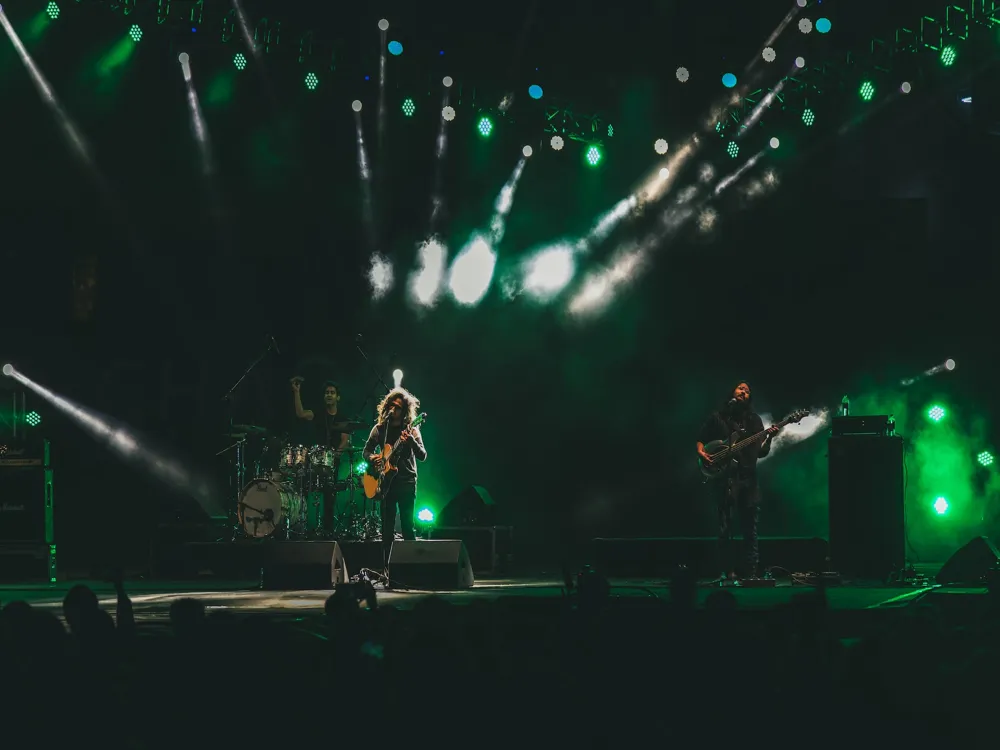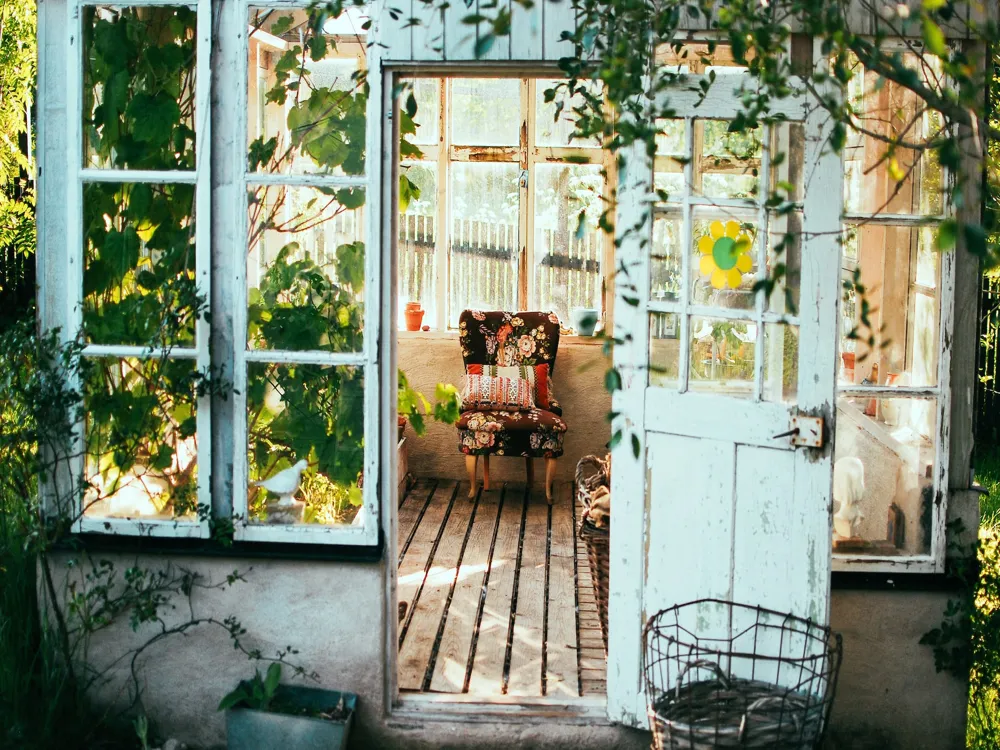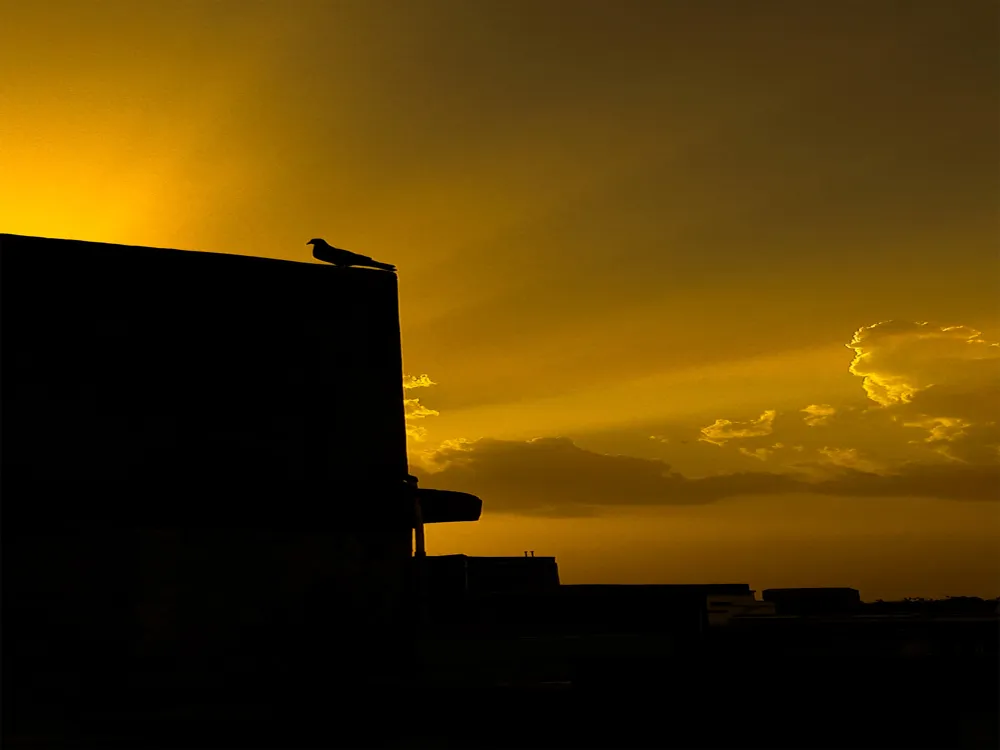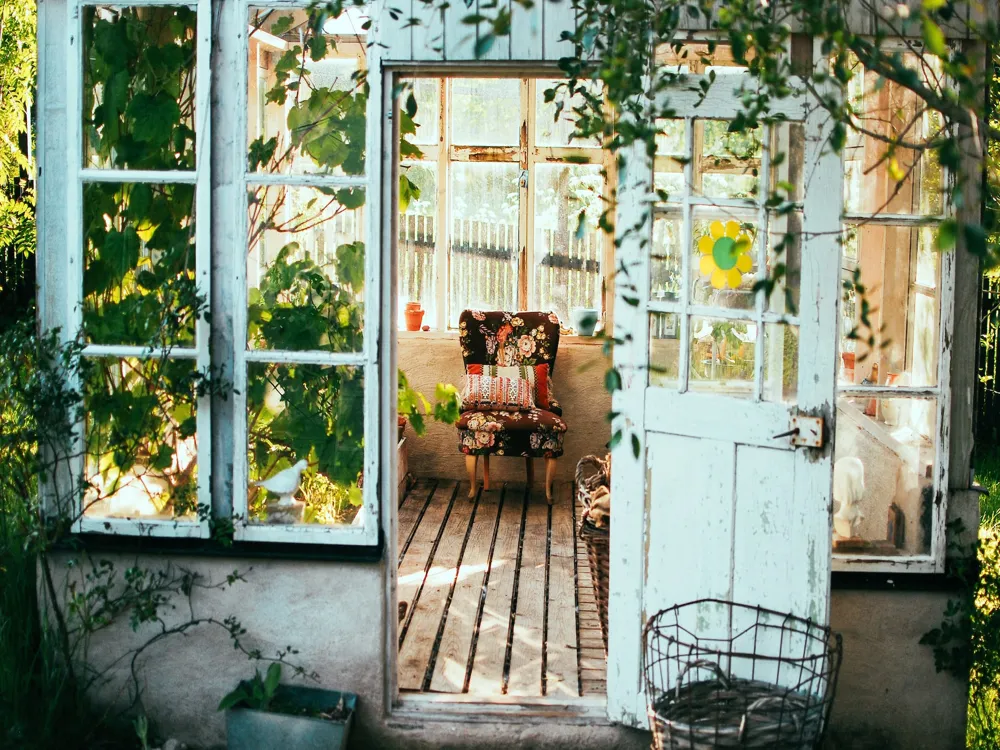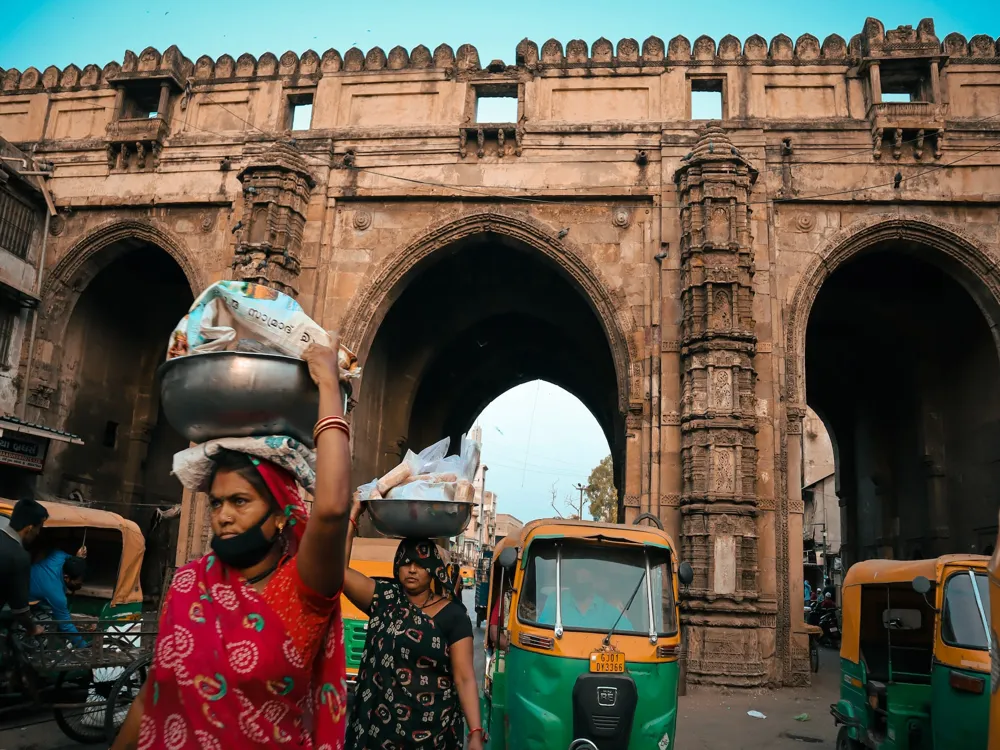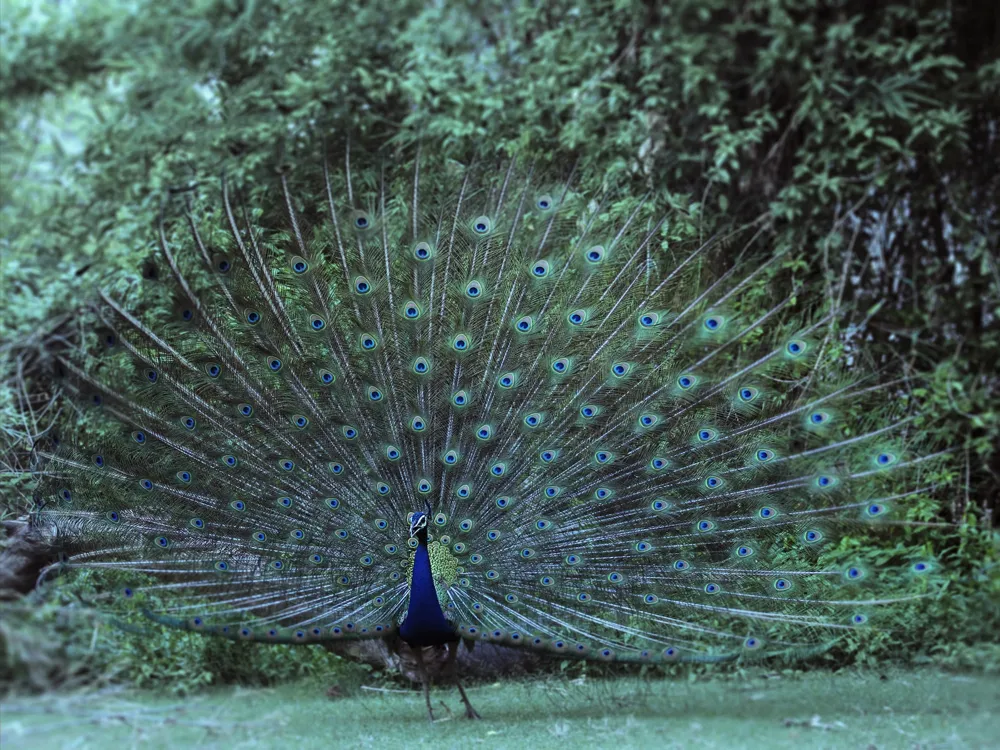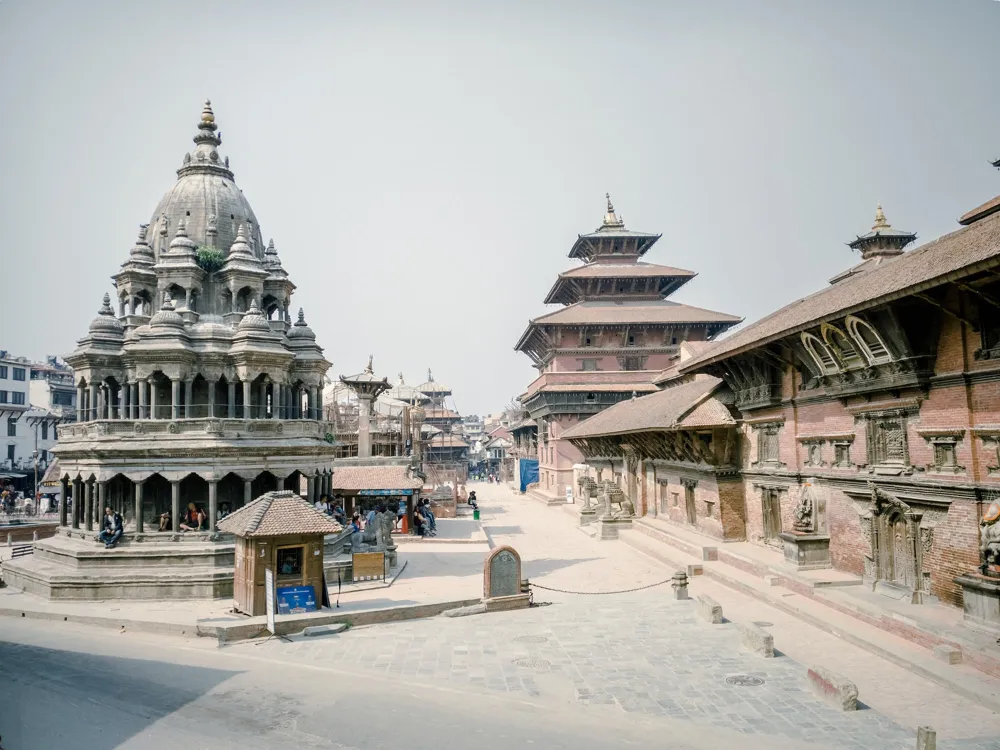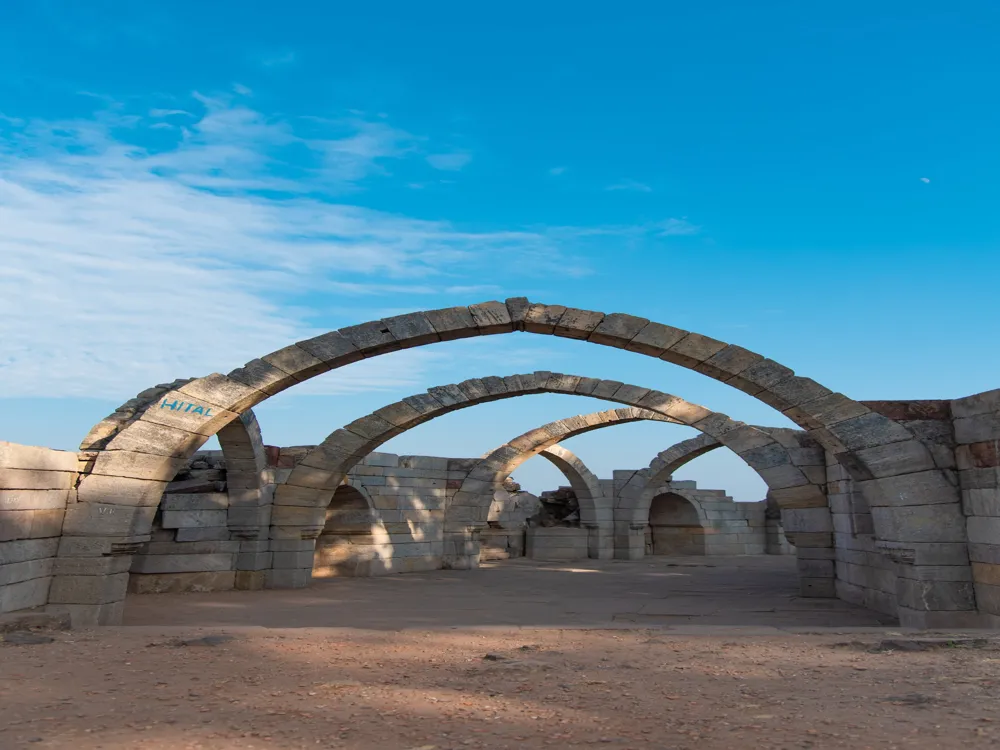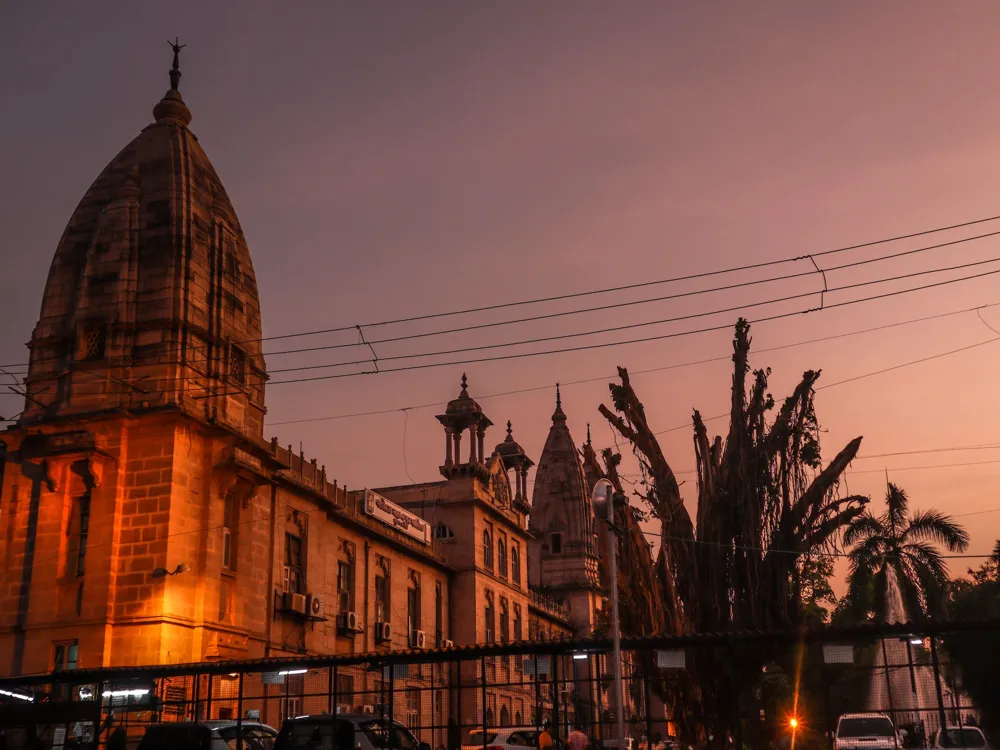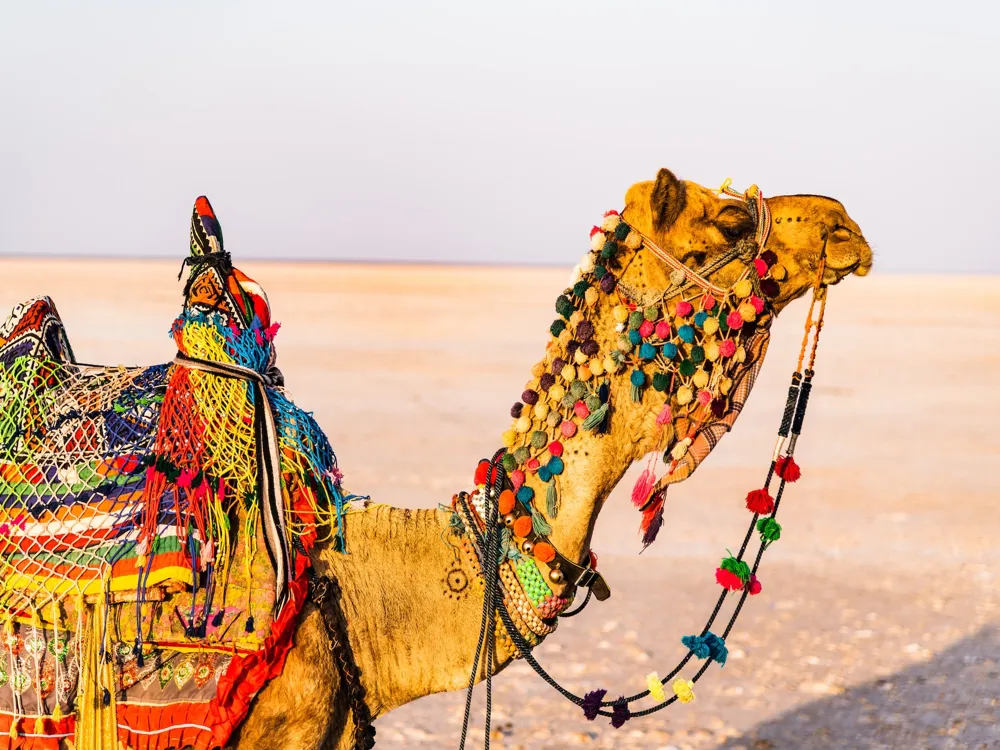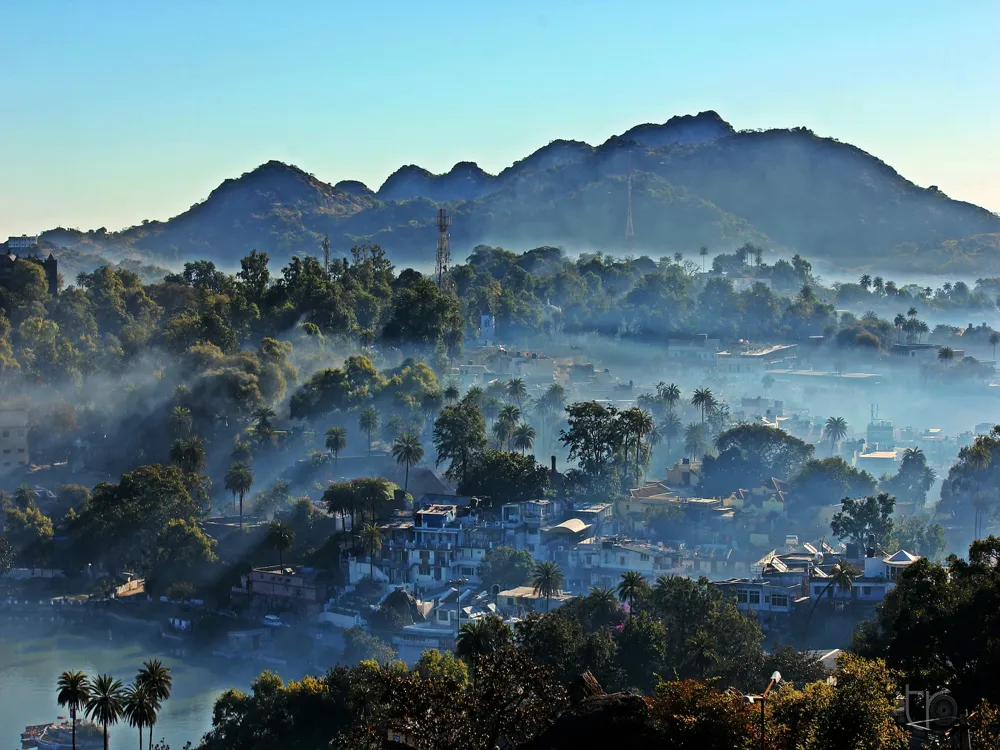Nestled in the heart of Ahmedabad, Gujarat, the Bhadra Fort stands as a testament to India's rich history and cultural heritage. Originally built in 1411 AD by Sultan Ahmad Shah I, the founder of Ahmedabad, this historical monument has witnessed numerous historical events and transformations. The fort, named after the Bhadrakali Temple situated within its premises, was once the royal court of the Sultans and later served various roles under different rulers. Over the centuries, Bhadra Fort has been a witness to the changing political landscapes and has stood resilient through time. Its architecture is a confluence of Hindu and Islamic styles, reflecting the diverse cultural influences that have shaped the region. The fort complex includes palaces, mosques, and gates, each narrating a unique story of the past. Today, it stands not just as a symbol of historical significance but also as a popular tourist destination, attracting visitors from all over the world to explore its grandeur and legacy. The fort's location in Ahmedabad's bustling city center makes it easily accessible and a focal point for various cultural activities and festivals. The government's restoration efforts have rejuvenated the fort, making it a vibrant part of the city's life. Whether you're a history enthusiast, an architecture admirer, or just a curious traveler, Bhadra Fort offers a captivating experience, immersing you in the essence of Gujarat's historical and cultural splendor. The architecture of Bhadra Fort is a remarkable blend of Hindu and Islamic styles, showcasing the rich cultural fusion of the period. The fort's layout and design reflect the architectural practices of the early 15th century, characterized by intricate carvings, detailed jaalis (lattice screens), and imposing structures. The fort walls, built with red and yellow sandstone, are adorned with balconies and windows, offering a glimpse into the royal lifestyle of the era. One of the most notable features of Bhadra Fort is the intricately carved gates, each telling a story of the past. The gates not only served as entry points but also as strategic defense mechanisms. Inside the fort, the palaces and mosques display exquisite craftsmanship, with elaborate frescoes, detailed minarets, and beautifully carved pillars. The blend of architectural elements in the fort represents the coexistence and exchange of Hindu and Islamic cultures. This harmonious blend is evident in the motifs, designs, and structural elements that adorn the fort. The preservation and restoration of these architectural marvels offer a unique opportunity to study and appreciate the confluence of different artistic and cultural influences that shaped the region's history. The ideal time to visit Bhadra Fort is between October and March when the weather is pleasant and conducive for exploration. Opting for a guided tour can enhance your experience, providing insights into the fort's history and architecture. Keep an eye on cultural events and festivals held at the fort, offering a glimpse into Gujarat's rich traditions. Wearing comfortable clothing and shoes is advisable, as exploring the fort requires a fair amount of walking. Photography is allowed, but be mindful of any restrictions in certain areas within the fort. Bhadra Fort is located in the city center of Ahmedabad, making it easily accessible through various modes of transportation. The nearest airport is the Sardar Vallabhbhai Patel International Airport, which is well-connected to major cities. From the airport, one can hire a taxi or take public transport to reach the fort. The city's bus network and auto-rickshaws also provide convenient options for reaching the fort. For those preferring a more traditional experience, cycle rickshaws are a great way to explore the city while heading to the fort. Read More:Overview of Bhadra Fort, Ahmedabad, Gujarat
Architecture of Bhadra Fort
Tips When Visiting Bhadra Fort
Best Time to Visit
Guided Tours
Cultural Events
Dress Appropriately
Photography
How To Reach Bhadra Fort
Bhadra Fort
Ahmedabad
Gujarat
NaN onwards
View ahmedabad Packages
Weather :
Tags : Forts & Palaces
Time Required : 1 hour
Timings : 9:00 AM to 5:00 PM
Entry Fee : None
Planning a Trip? Ask Your Question
Ahmedabad Travel Packages
View All Packages For Ahmedabad
Top Hotel Collections for Ahmedabad

Private Pool

Luxury Hotels

5-Star Hotels

Pet Friendly
Top Hotels Near Ahmedabad
Other Top Ranking Places In Ahmedabad
View All Places To Visit In ahmedabad
Faq on Ahmedabad
What is Bhadra Fort Ahmedabad famous for?
Bhadra Fort is famous for its historical significance as it served as the royal residence for several centuries and now houses various government offices.
When was Bhadra Fort built?
Bhadra Fort was built in the 15th century, in 1411 AD, by Sultan Ahmad Shah I, the founder of Ahmedabad.
What are the visiting hours of Bhadra Fort?
Bhadra Fort is open to visitors from 9:00 AM to 5:00 PM every day.
Is there an entry fee for Bhadra Fort?
Yes, there is a nominal entry fee for visitors to enter Bhadra Fort. The fee may vary for domestic and international tourists.
What are the main attractions inside Bhadra Fort?
Inside Bhadra Fort, visitors can explore the Bhadrakali Temple, Teen Darwaza, and the lush gardens.
View ahmedabad Packages
Weather :
Tags : Forts & Palaces
Time Required : 1 hour
Timings : 9:00 AM to 5:00 PM
Entry Fee : None
Planning a Trip? Ask Your Question
Ahmedabad Travel Packages
View All Packages For Ahmedabad
Top Hotel Collections for Ahmedabad

Private Pool

Luxury Hotels

5-Star Hotels

Pet Friendly
Top Hotels Near Ahmedabad
Other Top Ranking Places In Ahmedabad
View All Places To Visit In ahmedabadFaq on Ahmedabad
What is Bhadra Fort Ahmedabad famous for?
Bhadra Fort is famous for its historical significance as it served as the royal residence for several centuries and now houses various government offices.
When was Bhadra Fort built?
Bhadra Fort was built in the 15th century, in 1411 AD, by Sultan Ahmad Shah I, the founder of Ahmedabad.
What are the visiting hours of Bhadra Fort?
Bhadra Fort is open to visitors from 9:00 AM to 5:00 PM every day.
Is there an entry fee for Bhadra Fort?
Yes, there is a nominal entry fee for visitors to enter Bhadra Fort. The fee may vary for domestic and international tourists.
What are the main attractions inside Bhadra Fort?
Inside Bhadra Fort, visitors can explore the Bhadrakali Temple, Teen Darwaza, and the lush gardens.







